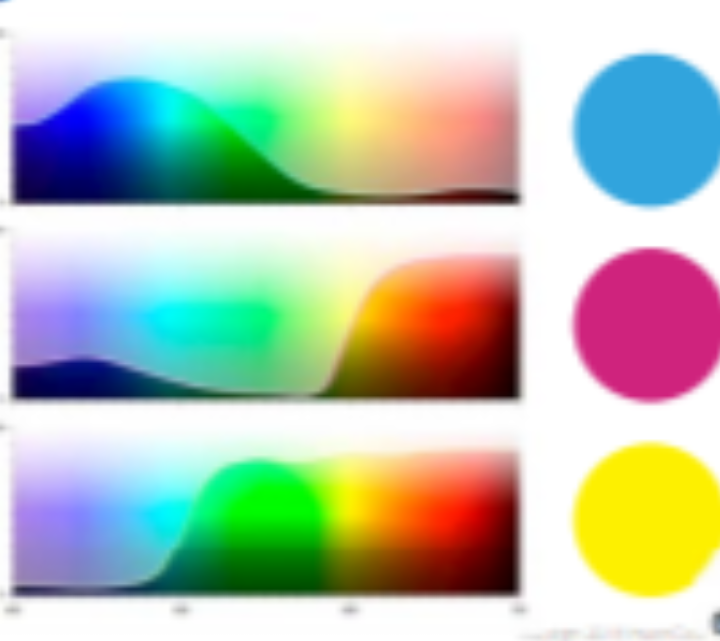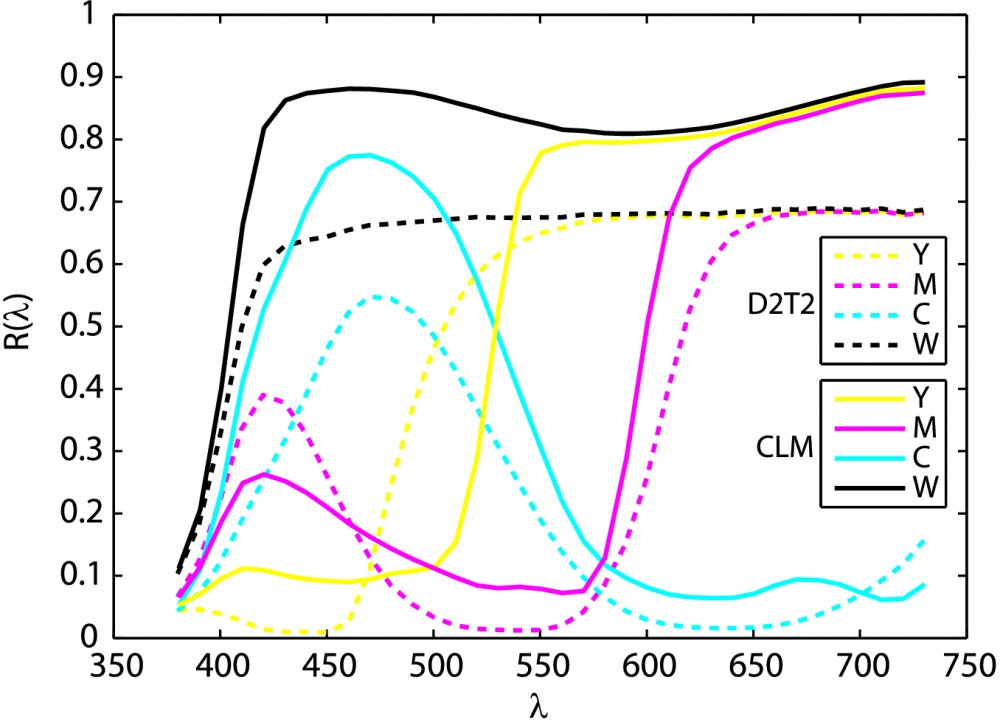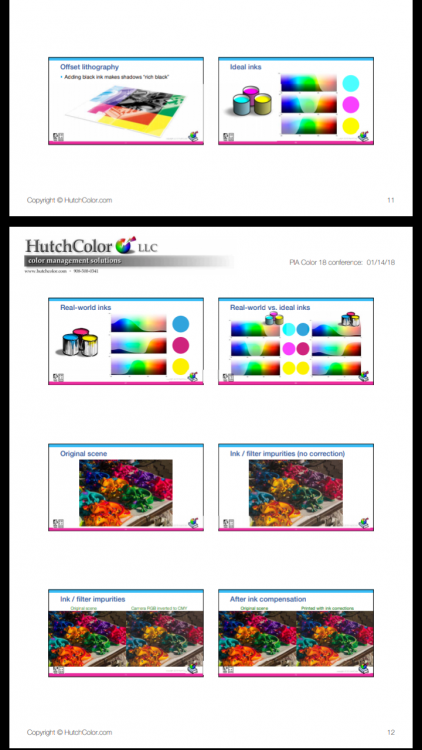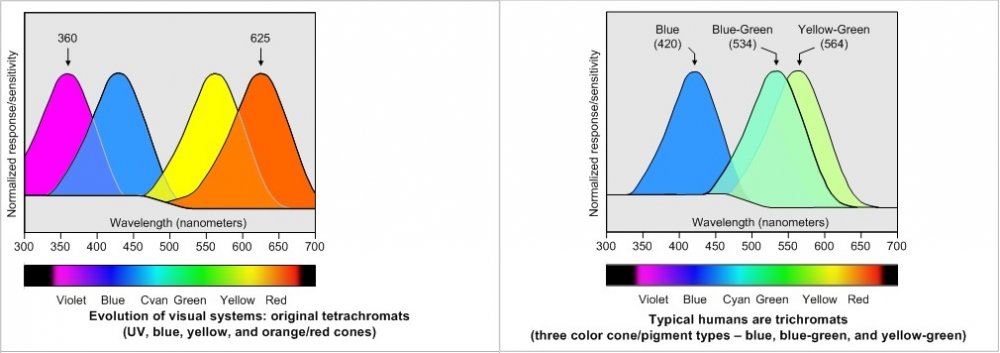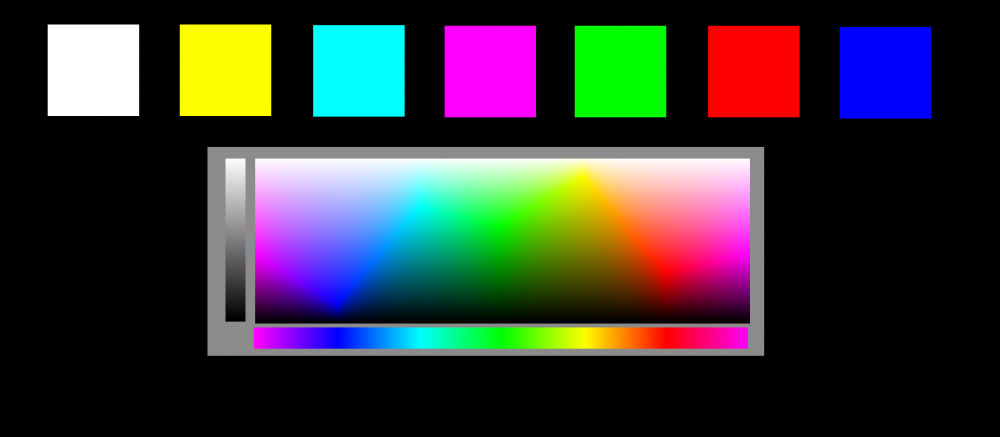

Mehmet Saygın
Senior Members-
Posts
44 -
Joined
-
Last visited
-
Days Won
1
Content Type
Profiles
Forums
Events
Everything posted by Mehmet Saygın
-
Delete my account immediately
-
-
You are not doing anything other than annoying. I'm tired of writing the same comment as a parrot, please do not write again I am still write of these type of codes, so do not try to teach working principle of this kind of programs
- 76 replies
-
-1
-
You still do not understand me. I want to comparison red,green,blue,yellow,cyan and magenta in RGB,CMYK or Lab which are not lighter or darker shades as you describe. When you started to quote this topic,din't you look my attached picture ? You can look the values in RGB,CMYK or Lab values of my added picture with the aid of Paint program. You don't have an enough information to prove my question because I am expert if compared to your knowledge about this topic. I am sure that I am better than you about color managemant, because I am a software engineer for 30 years and color lab space is my profession, I am glad you do not try to teach me. On the other hand, I don't want to compare yellows to white, l want to compare pure yellow, pure red, pure blue, pure green,pure cyan,pure magenta within themselves according to white,without the most lightest or darkest shade of these colors. It's really annoying that you still do not understand, I am happier if you do not quote anymore.
-
Has anyone defined "lightest" and "colour" in this thread yet? You will still change the main topic,this informations don't give any idea about what I asked. I said you can look all color models whatever you want,the lightness value of yellow higher than any other colors (pure hues i.e red green blue violet cyan) except white which makes it the second lightest color and nearest to white. Absolutely,there is a little difference between two different printers,but the idea is the same,yellow is the lightest and blue (or violet) is the darkest hue except white and black You did understood what I asked,but you still give a different kind of answer which are only philosophical. I want to learn answer of above question. We can evaluate each printer,each monitor,each television,each color model or what if in itself. There is no need to comparison them, but the important point is this. I want to learn according to these examples the second lightest color and closest color to white. The answer is yellow. WHY ? If you going quote like this kind of philosophical answer, please don't quote. I need a "real" scientific approximation which you can not do.
-
You can base on all color models whatever you want,all of them have a similar backstage. Okay, let me see if I understand you correctly - Are you looking for the closest color to white which isn't white? yes.
-
Thank you, I asked "lightest" and "color" relationship but the topic became a "color perception" concept. Finally someone understand what I mean
-
When I have asked this question,I have describe like this so this question is meaningless. "If we think about all possible color hues and these colors are saturated ( pure hues without lighter or darker shades )" You can also look the other color models https://en.m.wikipedia.org/wiki/Color_model all of them will justify me, I am sure
-
You can examine the color model whatever you want, yellow has the highest L* (lightness) value except white. It means that yellow is the second lightest color and nearest color to white in "lightness" criteria. I have searced this topic when posted this question. The color models verify my idea. You can make a research lightness value for color hues, you will also see that. So "Yellow is the second lightest color" makes a lot of things
-
https://www.osapublishing.org/josaa/fulltext.cfm?uri=josaa-32-9-1661
-
At 11 this graph y-coordinate of graph is representing reflectance function which depends lambda(wavelength) and x-coordinate is wavelength. The area under each function gives us the total reflectance of colored sample.
-
-
If you examine graphs carefully, you will see that graphs include Reflectance Percentage vs. Wavelength informations. Make a zoom to graphs,it will make it easier for you
-
-
Reflectance vs. Wavelength graphs for inks
-
Despite my awful attitude,thank you for your interest in this topic According to this reference at page 11 and 12 http://cmc.printing.org/wp-content/uploads/2018/01/Hutcheson-FundamentalsOfColorMgt.pdf Yellow reflects the most amount of visible light, Is this the reason why yellow is the second lightest color and nearest color to white ?
-
Wrong example, because tetrachromats have an extra cone (for UV light detection) which is taken part in UV range of electromagnetic spectrum
-
I have asked this question, but the topic was pulled to a different side which is human color perception. Because of this reason, I did not get a satisfactory answer. I want to ask again the same question more clearly ,taking refuge in your understanding. Thanks in advance. If we think about all possible color hues according to "Lab Color Space" (lightness values)L* and these colors are saturated ( pure hues without lighter shades ), yellow is the second lightest color next to white and it is also the closest color to white. ( I mean here the lightness, not brightness. If we are talking about the brightness, lime green is perceived by human eye as a brighter color than white, because our cones are most sensitive at the 550 nm wavelength.) How can this situation be explained physically ?
-
I also said this,but color blindness or tetrachromacy are abnormality situation. If you don't have a color blindness or tetrachromacy, we all have the same color perception. A normal trichromat human have S,M and L cones which detects short,medium and long wavelengths respectively.
-
Thanks for this noble behaviour. I underdstand you right now, If we look the results which based on color model analysis (i.e. CIELAB), yellow is the second lightest color next to white according to L* values. (I mean here the lightness, when I describe the yellow which is the closest color to white.) Can you explain, why is that ?
-
I am sorry for yesterday, I behave like an asshole. Is this more about to be aware of same hues but a little bit different darkness or lightness ? I mean,in fact,women are better than men categorizing the same color's variations,but we see the same color's. I think the differences that will cause are very small and negligible according to the working mechanism of photoreceptors.
-
Can someone do explain me how we perceive the colors differently,if we have the same kind of photoreceptors ? (S,M,L cones)
-
It is wrong for you, but truths for science.
- 76 replies
-
-2
-
Are you mentally disabled ? or you do not have the intelligence to interpret what you read ? If so, this debate has already been unfulfilled, I guess I have to learn sign language for communicating with you There are some people who have the capacity to understand me, maybe I explain for them. The latest article said that they are also see the colors as we can but they have not any special description for it.(i.e. blue hues very little in the nature,so they do not face to face this color, because of this reason they have not any special name for this color.) I were also tried to explain we see the colors same, but interpret differently, (as we do everything) but you need to do more than tearing the peel from banana for understanding.
- 76 replies
-
-5
-
I think you have a problem understanding your reading. I would take a deep breath and recommend reading it again calmly. I do you a favor and add another link http://www.sciencemag.org/news/2017/09/sky-really-blue-some-hunter-gatherers-don-t-describe-colors-same-way-most-people-do At the beginning of this debate, I said we see the color same, but feels or interprets differently because of own experiences. This two links also tell the parallel things what I said. When everyone look at an apple, we see a color signal between 620-730 nm reflected light wavelengths. Maybe this colored light feels different person by person,but it is the scientific fact that everyone see the same reflection range.
- 76 replies
-
-1

